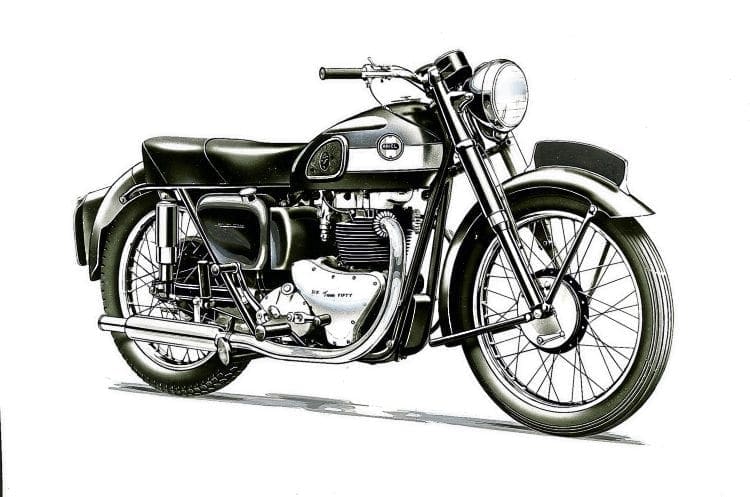The decision to halt production of the entire range of Ariel four-strokes, in the wake of the Leader and Arrow two-stroke twins, brought a sudden void for many enthusiasts. Pete Kelly looks at some of the favourites that were suddenly no more.
Last month we told how the massive investment required for the launch of the sensational Ariel Leader, in 1958, brought the end of production for the marque’s range of four-stroke motorcycles.
While such a drastic decision must have been made by the board of parent company BSA, this sudden void must have come as a harsh blow to the many devoted Ariel four-stroke fans who’d been brought up on such fine machines as the Square Four, KG and KH parallel twins, Hunter and Red Hunter singles and the little 197cc Colt, the apple of many a beginner’s eye.
Every one of these had gone by 1959 – and to cap it all, the fast-changing world of the Mini car and the wholesale Japanese motorcycle invasion of the 1960s meant that even the Leader and its sportier Arrow counterparts would be gone within a decade, the very last model being the 200cc Arrow of 1965, reduced in engine capacity to suit a lower insurance bracket.

It could be argued that the writing was on the wall as early as 1962, at the time when BSA closed the Ariel factory at Selly Oak and moved production of the Leaders and Arrows to its Small Heath plant – but then, to add insult to injury, the next time the hallowed name Ariel (which translates to “the spirit of the air”) ‘boasted’ a four-stroke engine, it was in the 49cc Pixie of 1963.
What a far cry from those lusty 500cc singles of yore! It was the 500cc Red Hunter that formed the basis for Sammy Miller’s famous HT5 trials iron, GOV 172 which, weighing less than 250lb in its final form, was a tribute to one man’s perseverance.
Sammy managed to carve fully 50lb from the original bike that was shipped over to Ireland for him, just a week before the 1956 Scottish Six Days’ Trial.
Read more and view more images in the March 2019 issue of OBM – on sale now!





